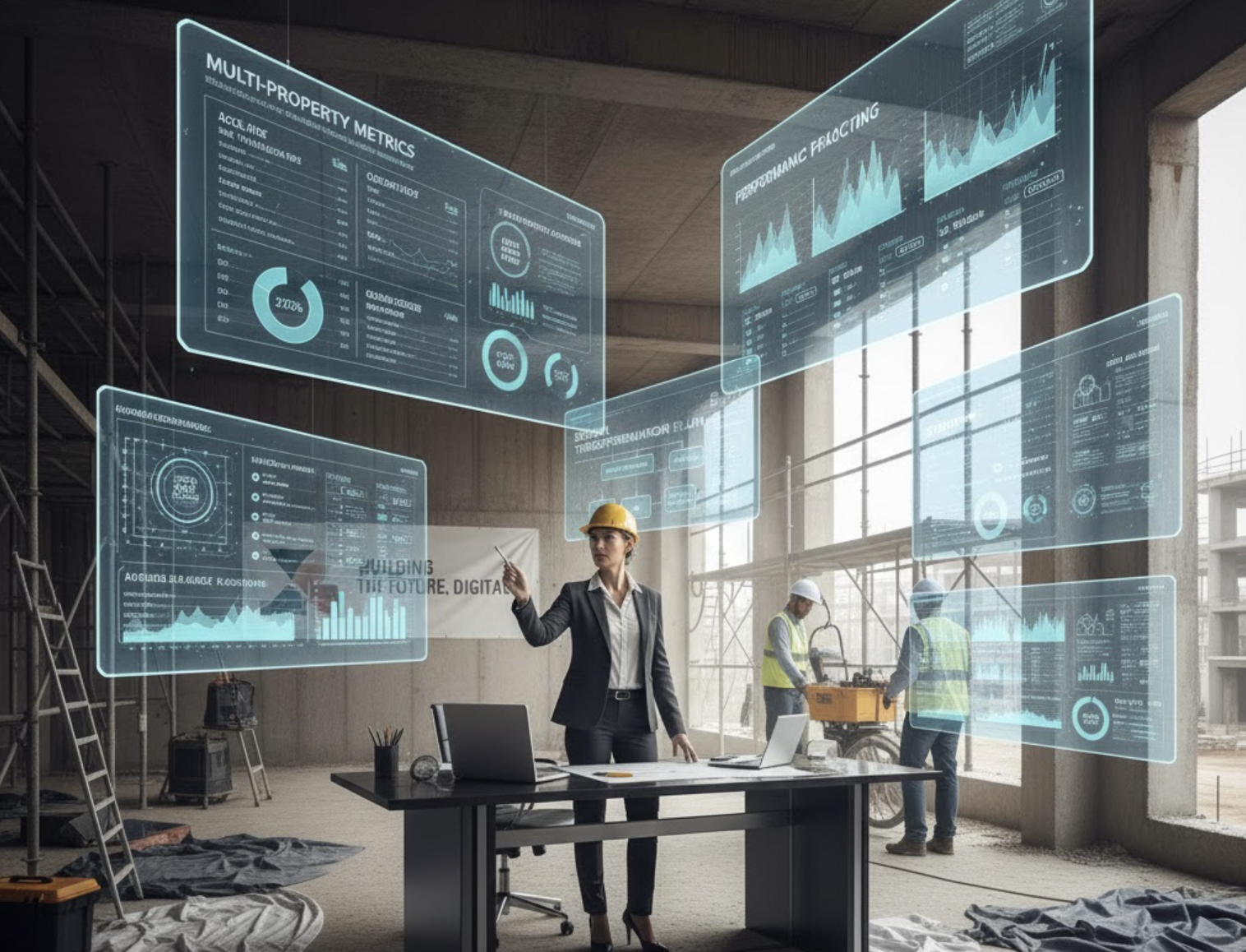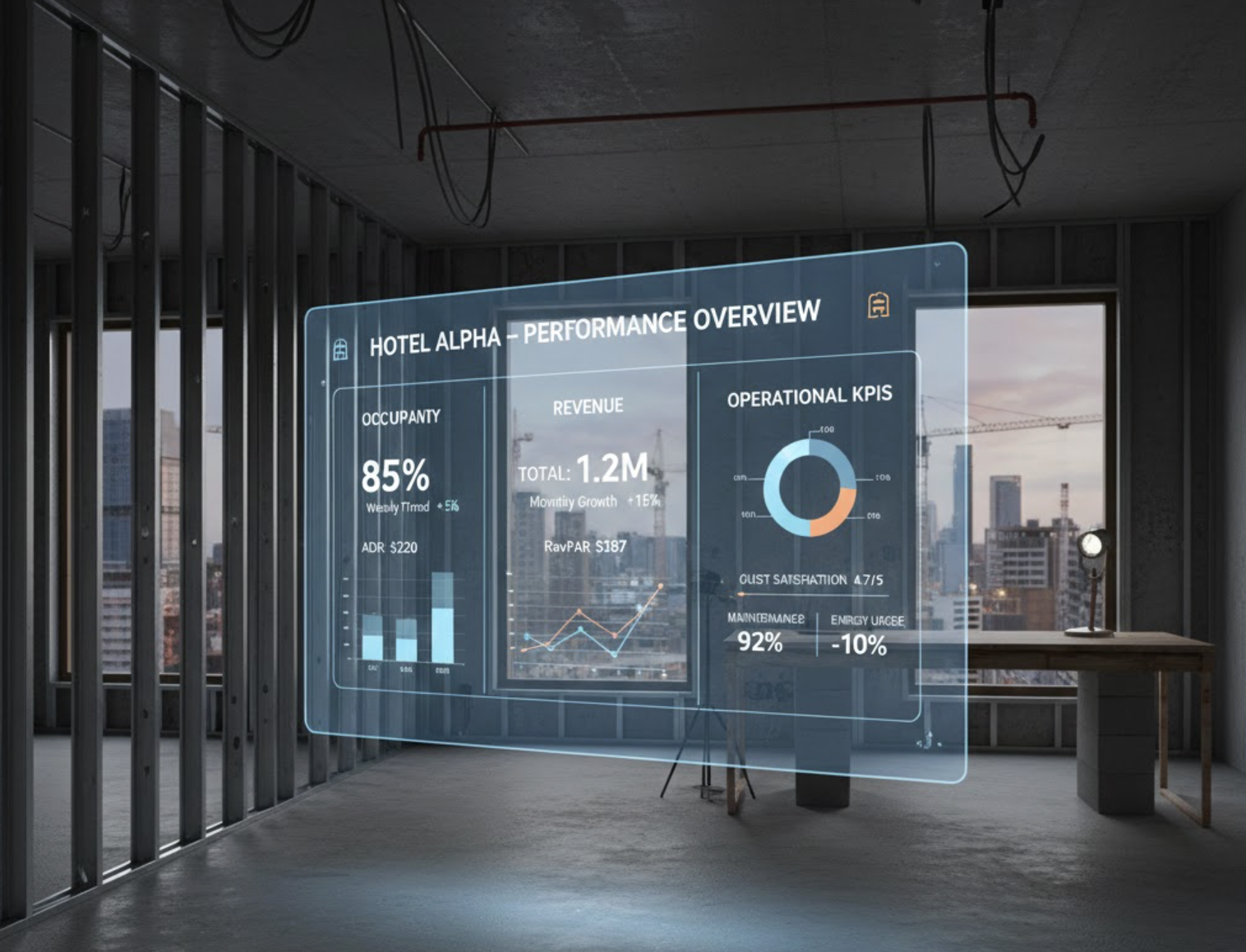Bridging the Gap Between Site and Consultant: Centralizing Document Feedback
Effective communication and centralized document feedback are crucial in bridging the gap between site teams and consultants, particularly in construction and engineering projects. With the complexity of modern projects, ensuring that every detail is captured and communicated is paramount for successful outcomes. In this blog, we’ll provide a comprehensive overview of the document review process, best practices for centralized feedback, emerging innovations, and how Zepth can streamline your projects.
Stages of the Document Review Process
The document review process is multifaceted and involves several stages designed to ensure quality and compliance. Below, we outline key stages that contribute to an effective review:
1. Self-Review
The initial stage involves the author conducting a self-review of the document to confirm that it meets the minimum standards of quality, accuracy, and completeness before sharing it with others. This crucial step sets the groundwork for an efficient review process.
2. Peer Review
Following the self-review, colleagues or peers evaluate the document, providing constructive feedback on aspects like content clarity and overall structure. This collaborative effort helps to detect and rectify errors early in the process, mitigating potential challenges down the line.
3. Technical Review
Subject matter experts are engaged at this stage to assess the document for technical accuracy and compliance with industry standards. This step is particularly vital in construction and engineering, where precision is paramount to project success.
4. Editorial Review
Editors review the document for grammar, syntax, formatting, and consistency, ensuring it is polished and professional. This finalization step enhances the document’s overall quality and presentation.
5. Compliance Review
Compliance reviews are necessary to ensure that the document meets all regulatory requirements, industry standards, and internal policies. This diligence helps to avoid legal and operational pitfalls.
6. User Review
If applicable, real users or beta testers should review the document to provide practical insights, ensuring it aligns with their needs and requirements before finalization.
Centralizing Document Feedback
To effectively bridge the communication gap between site teams and consultants, it’s essential to centralize document feedback. Below are strategies to achieve this:
Collect and Categorize Feedback
Using structured approaches to gather and organize feedback is important. Innovative tools like zipBoard facilitate contextual feedback on documents, categorizing comments by types—such as technical, editorial, and compliance—and ensuring they reach the right team members.
Implement Changes and Track Revisions
Update documents based on feedback while maintaining an accurate record of changes. Assign revisions to relevant stakeholders, ensuring accountability and clarity throughout the document’s evolution.
Best Practices for Document Review
Adopting best practices can significantly enhance the effectiveness of the document review process:
Break the Review Process into Manageable Stages
Addressing one aspect of the document at a time—such as content or compliance—ensures reviews are thorough and efficient. This focused approach prevents the process from becoming overwhelming.
Use Collaborative Tools
Leveraging collaborative tools that enable easy feedback contributions from multiple stakeholders streamlines the review process, reducing communication gaps and enhancing overall productivity.
Prioritize Feedback
Utilizing a structured approach to prioritize feedback enables teams to tackle the most critical issues first. This practice ensures that essential concerns are addressed promptly, leading to a more robust final product.
Use Cases in Construction and Engineering Projects
Centralizing document feedback has distinct advantages in construction and engineering projects:
Construction Projects
In construction, effective document feedback centralization is vital. All stakeholders, including site teams and consultants, need to stay aligned on project plans, specifications, and compliance requirements. Utilizing tools offered by Zepth can significantly aid in managing and tracking document revisions, ensuring feedback is documented and acted upon efficiently. Explore Zepth’s Document Management Solutions for seamless collaboration.
Engineering Projects
Engineering projects often necessitate handling complex technical documents requiring multiple reviews. Centralizing feedback ensures that all technical, editorial, and compliance issues are addressed pre-finalization. By leveraging Zepth’s project management tools, teams can ensure a structured and comprehensive feedback management process.
Emerging Innovations for Document Feedback
The landscape of document feedback is evolving with emerging technologies:
Automated Review Tools
Innovative automated review tools employing AI reduce the manual workload associated with checking grammar, syntax, and formatting issues, subsequently accelerating the review process.
Cloud-Based Collaboration Platforms
Cloud-based platforms for collaboration are gaining traction, enabling real-time cooperation, version control, and centralized feedback collection. These systems enhance the transparency and efficiency of the review process.
How Zepth Can Help
Utilizing Zepth’s advanced tools can significantly enhance your construction project management:
- Document Management: Zepth facilitates centralized storage and access to documents, fostering easier collaboration and feedback collection.
- Collaboration Tools: Zepth’s tools promote structured feedback from multiple stakeholders, ensuring every comment is tracked and addressed.
- Version Control: Zepth’s version control features keep track of changes, guaranteeing that all team members work with the latest document versions.
- Compliance Tracking: Zepth’s compliance tracking capabilities ensure that all documents meet regulatory requirements, minimizing the risks of non-compliance.
By leveraging these tools, site teams and consultants can efficiently bridge communication gaps and confirm that documents are accurate, comprehensive, and compliant with necessary standards.
For more detailed insights on how Zepth can elevate your document management and collaboration processes, visit Zepth’s Document Management Solutions.




